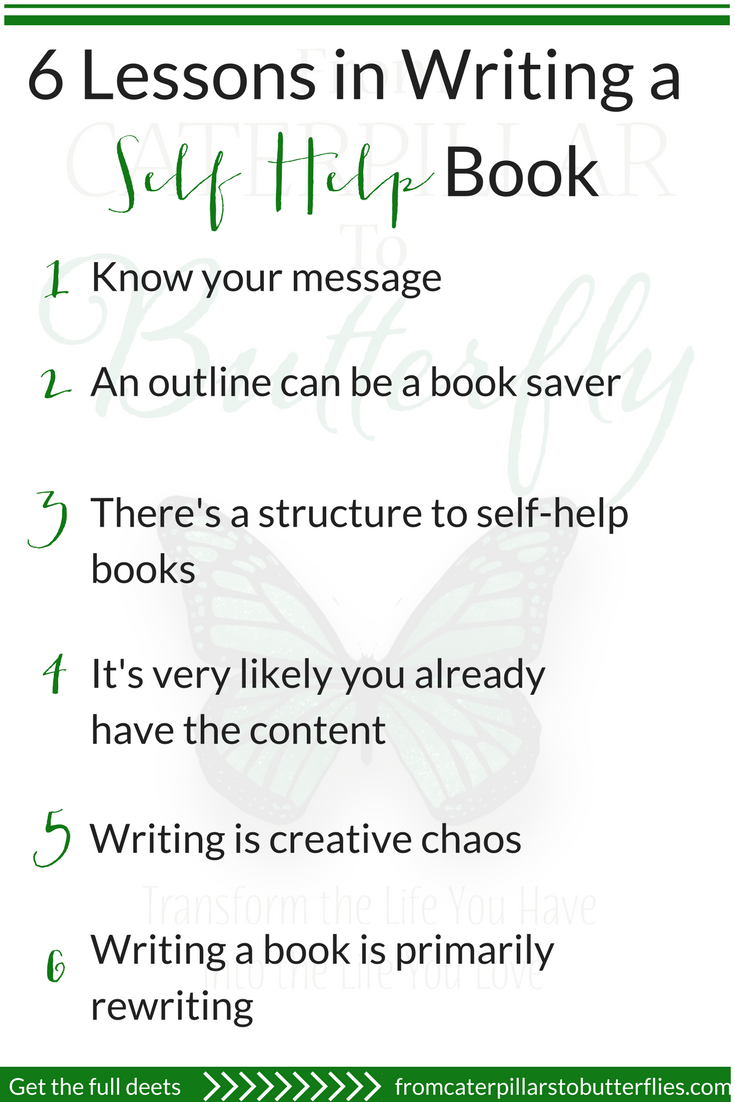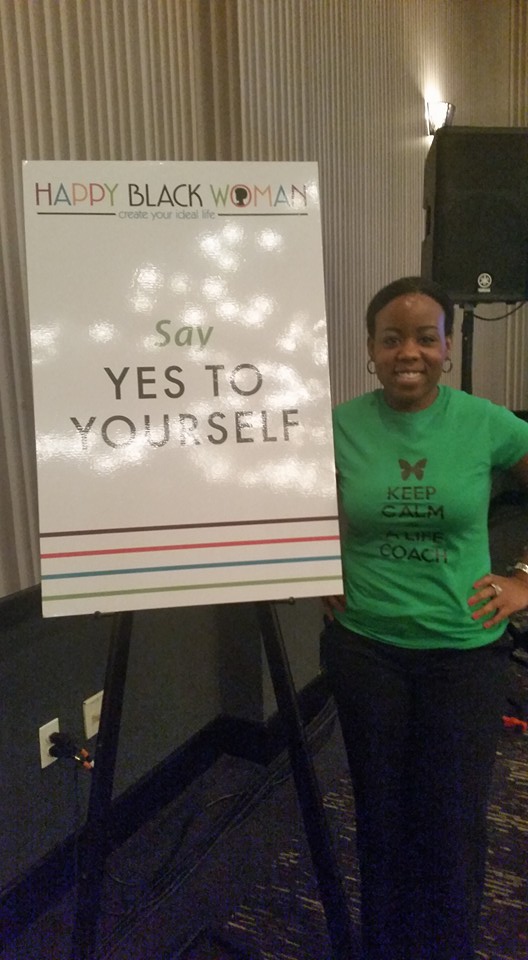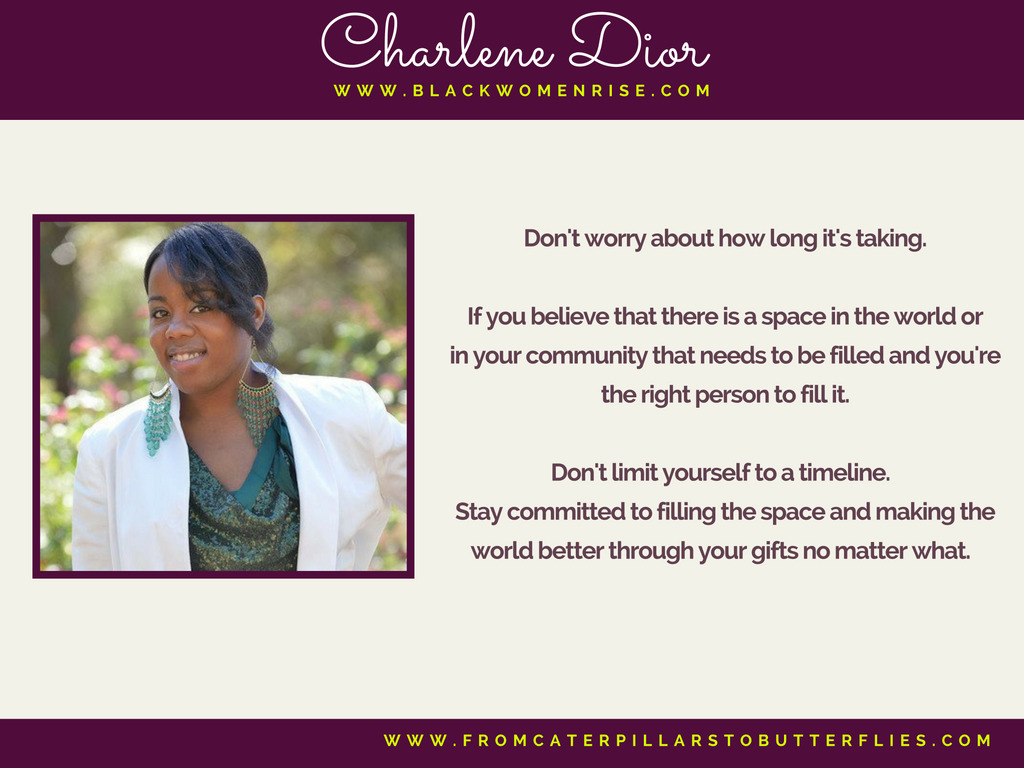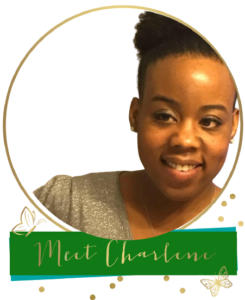6 Lessons in Writing a Self-Help Book
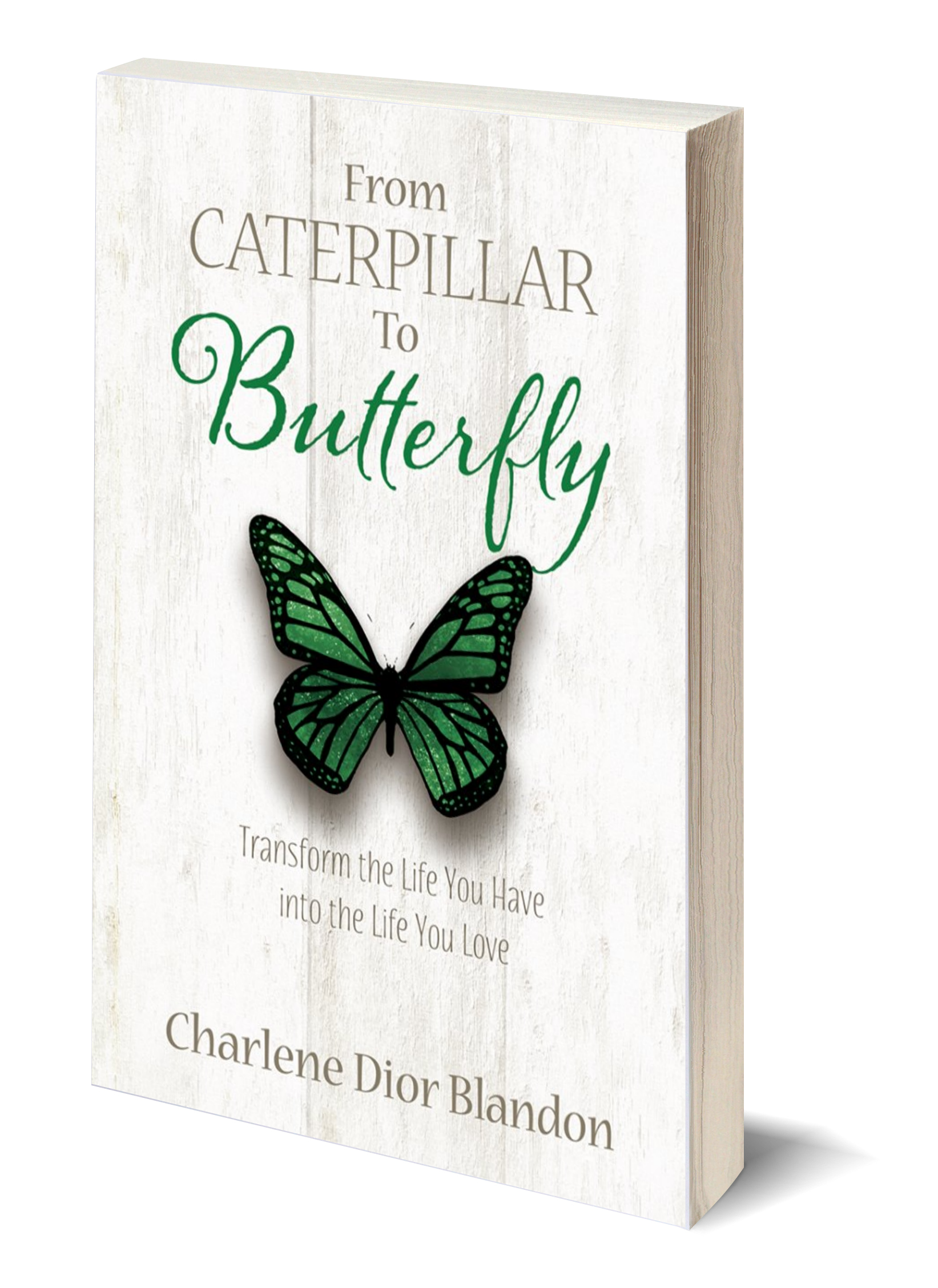 I recently wrote my first self-help book, From Caterpillar to Butterfly: Transform the Life You Have into the Life You Love (Download the first three chapters for free). It will officially be published tomorrow, October 2nd. The thought of writing a book has always seemed so overwhelming. In fact, writing a book can be overwhelming. When I thought about the message I wanted to convey it was simple: You can create the life you most want to live if you’re purposeful, consistent, and honest with yourself. How do I turn that simple sentence into a 40,000+ word book? You too may be trying to figure out how to turn your message into a book. If so you’re in the right place. Here’s my 6 lessons on how to turn your message into a book:
I recently wrote my first self-help book, From Caterpillar to Butterfly: Transform the Life You Have into the Life You Love (Download the first three chapters for free). It will officially be published tomorrow, October 2nd. The thought of writing a book has always seemed so overwhelming. In fact, writing a book can be overwhelming. When I thought about the message I wanted to convey it was simple: You can create the life you most want to live if you’re purposeful, consistent, and honest with yourself. How do I turn that simple sentence into a 40,000+ word book? You too may be trying to figure out how to turn your message into a book. If so you’re in the right place. Here’s my 6 lessons on how to turn your message into a book:
1) Know your message
Be able to summarize in one sentence what your message is. This will help you stay on track and have a consistent message throughout. What do you most want people to know? Your one sentence will also shape your outline (see #2). Whenever I’m putting together content whether for a book or my podcast or a blog post I pose three questions: What? So what? Now what?
What do you want your audience to know?
Why do they need to know this? Why should they care?
What should they do next?
These simple questions can make your message super clear to yourself so that you can write the best book possible. They also put the reader at the forefront. If you’re writing a self-help book the reader should be clear on what you’re argument is, why it matters to them, and how they can implement what they’re learning.
You can also use this for each chapter. What is the message of this chapter? Why does it matter? What should the reader do next?
2) An outline can be a book saver
Luckily for me I already had an outline via my podcast. But the outline changed several times. This is where people, myself included before attending Speak and Write to Make Millions get stuck. They don’t think they have enough topics to fill a book. An outline gives you structure so that you can fill a book with meaty content. Each chapter blossoms into it’s own mini book with lessons, stories, and action steps. With non-fiction your chapters don’t necessarily have to be related in and of themselves. They just have to ladder back up to your main message.
One way that you can draft your outline is to turn your message into a question. So my message is that you can transform your current life into the life you most want to live. When deciding what chapters and sections should be in the book I asked myself, “What does someone need to know to transform their life?” Asking this or similar questions can also help you strengthen and edit your book. Everything I wrote (or revised from my podcast transcription) I asked myself, “How would this help someone transform their life?” If it didn’t help it didn’t go in the book. If I didn’t fully articulate how it would help I revised it until I got it right.
Another way to draft your outline is to list various ways to accomplish a goal. For example, in From Caterpillar to Butterfly: Transform the Life You Have into the Life You Love there’s a chapter on building confidence. There’s more than one way to build confidence. By brainstorming the different techniques I was able to create multiple sections to fill that chapter.
3) There’s a structure to self-help books
I’ve wanted to write a self help book for years. And I’m an avid reader of self help books. I started to pay attention to how authors filled their books with enough to content to make it a book vs. a blog post. What I noticed (and what I relearned from Lisa Nichols) is that there is a structure. Here’s how the structure goes:
Story: Tell a story that conveys a point
Lesson: Explicitly state the lesson
Teaching: Break the lesson down. This is where you might have bullet points or acronyms. It’s okay to make up acronyms that are meaningful. When you write a book you’re the content creator so create new content!
The structure might also look like: teaching –> story –> summarize /reiterate lesson from teaching. These are the main elements of the structure yet you can order them in several different ways. Use this structure for each section in your book. You might not always have all three elements. For example you may not have a story to tell and that’s okay. However, most of your sections will contain these elements.
4) It’s very likely you already have the content
I attended Lisa Nichol’s Speak and Write to Make Millions earlier this year. Kidd Marketing was one of the companies who presented at the conference. Their spiel was that they could help you write a book in just a few months. The way it works is they interview you and then have a ghost writer turn your interview into a book. This process works for many people, but it didn’t really sit right with me. I have so many thoughts running through my head on a consistent basis. I wanted to write my own book. But the process they outlined was an ah ha moment for me. I’ve been interviewing myself for months on my podcast, From Caterpillars to Butterflies Personal Growth podcast. So I came home from the conference and hired someone to transcribe all of my episodes. Those transcriptions were the initial draft of my book. I had twenty something episodes at the time so I didn’t use all of them just the ones that fit the message (see above).
It is very likely that you already have content for your book in the form of a podcast, blog posts, Facebook lives, a journal, or just stories about your own life. Stories are a big part of self-help. That’s why you have enough content. Search your memory bank of stories in your own life or others close to you. I used a lot of stories that involved other people but I changed the names so don’t hesitate to tell real stories. Some questions that may help: What was your happiest moment? Your saddest? What’s your greatest accomplishment or biggest failure?
Once you’ve identified your one sentence, the main message of your book, search through your content to see what fits. Ask yourself the three questions in section one and slot in the content you already have as the answers. You will likely have to flush out and revise your current content but it’s a great starting point.
5) Writing is creative chaos
I wrote a chapter in the book and I thought it was fire! ??? It was my favorite chapter. I killed it. And then some weeks later when I came back to proofread my work the chapter was horrible. It was too weak. I needed to make it stronger. Writing a book can be chaos. Your mind will change. You’ll love your work then hate it. You’ll wonder what you’re doing and why you’re doing it. You will want to throw it in the trash can. And all of those emotions are okay. They make you a better writer and your book a better book. I’ve deleted entire chapters. I’ve switched out stories, added more descriptive details and deleted too much detail. It’s all of a part of the process.
6) Writing a book is primarily rewriting
So many people would become published authors if they understood this truth. Like I said earlier I didn’t think I had enough content to put a book together. And for many years I didn’t even try. When you understand that 90% of your book will be rewritten you take the pressure off yourself to get it right on round one. You realize how important it is to just to get something on the page so that you can rewrite it later. And you will rewrite it later. I went through multiple rounds of edits myself and then hired a professional editor for two rounds of edits. And still I made changes. I rewrote entire sections AFTER I completed editing. Writing a book is rewriting.

